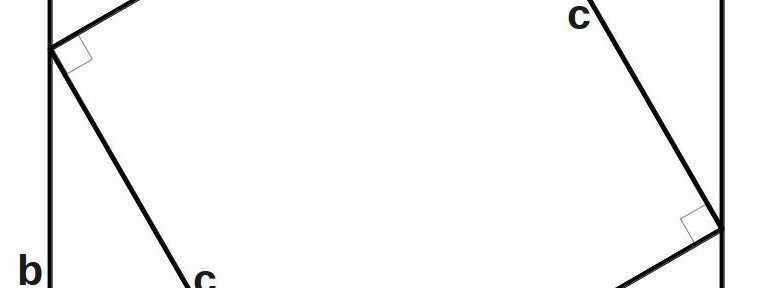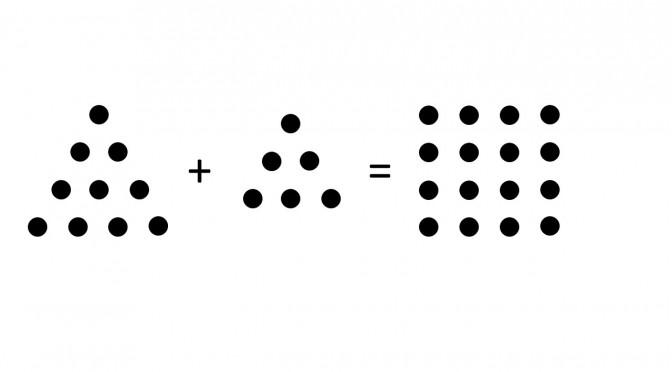I’m already late for this week’s post and I’m nowhere near done with the one I intended to post. So here’s a really quick post for the time being. You can probably already answer it yourself if you think a little bit about it. The equation ![]() may or may not be familiar to you from geometry or trigonometry, but it’s dead easy to prove. We use good old “soh cah toa.” For those of you scratching your heads in bemusement at this point, soh cah toa is a mnemonic for “sine is opposite over hypotenuse, cosine is adjacent over hypotenuse, tangent is opposite over adjacent.” A few of you may really be puzzled now. What I’m referring to is the definitions of the sine, cosine and tangent functions. They’re defined in terms of the lengths of the sides of a right triangle, as seen below:
may or may not be familiar to you from geometry or trigonometry, but it’s dead easy to prove. We use good old “soh cah toa.” For those of you scratching your heads in bemusement at this point, soh cah toa is a mnemonic for “sine is opposite over hypotenuse, cosine is adjacent over hypotenuse, tangent is opposite over adjacent.” A few of you may really be puzzled now. What I’m referring to is the definitions of the sine, cosine and tangent functions. They’re defined in terms of the lengths of the sides of a right triangle, as seen below:





